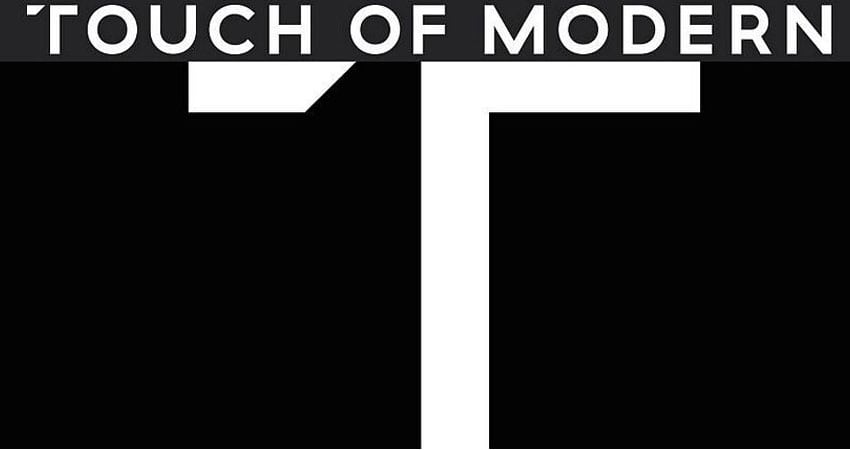Prior to the public launch of Touch of Modern, we knew that the ‘fast merchandising’ industry was on the precipice of something great. A few hours before we sent our first email newsletter to publicly launch, someone had already discovered the website was live and made a purchase. In less than four years since our founding, we scaled to $100 million in sales with only $12 million in equity capital.
In the world of retail, there is no blueprint to building a profitable company. Many people think profitability will come with size and scale; however, growth often comes with complexity and sometimes inefficiency. Simply put: The bigger the company, the more complex the model, and the more difficult to recapture operating margin down the line.
Automating early and tightening up operations before scaling customers and revenue was important to our success. While most people think of a binary world of investing in revenue drivers such as marketing and sales vs. being frugal with cost centers such as customer service and fulfillment, the truth is that it’s not a black-and-white formula.
At Touch of Modern, the goal with operational costs was not to be as frugal as possible, but to invest long-term in operations to make them as efficient as possible. From the beginning, our CTO, Steven Ou, was actively involved with operations, embedding automation technology into every aspect of the business, adding new meaning to the phrase “technology enabled.”
Technology is the beating heart in the ecommerce industry. A strong heart builds endurance. Touch of Modern’s core technology platform is built in-house, enabling the company to build operational software around a single data warehouse. The system seamlessly coordinates and passes information from one department to another, automating workflow and streamlining communication.
On the finance side, Touch of Modern deployed an accounts payable automation solution, enabling us to distribute 20,000+ supplier payments per year around the world, without a single headcount dedicated to accounts payable. And as a part of the studio operations, Touch of Modern developed a new methodology for dynamic image optimization (patent-pending), automating the incredibly subjective decision-making process of selecting the best image for each product featured.
The constant pursuit of leveraging technology to minimize operational staffing needs enabled Touch of Modern to scale rapidly while maintaining healthy margins operating in San Francisco – one of the most expensive cities in the world.
Jonathan Wu is a Partner at Tomo Ventures and a co-founder and former COO of Touch of Modern

